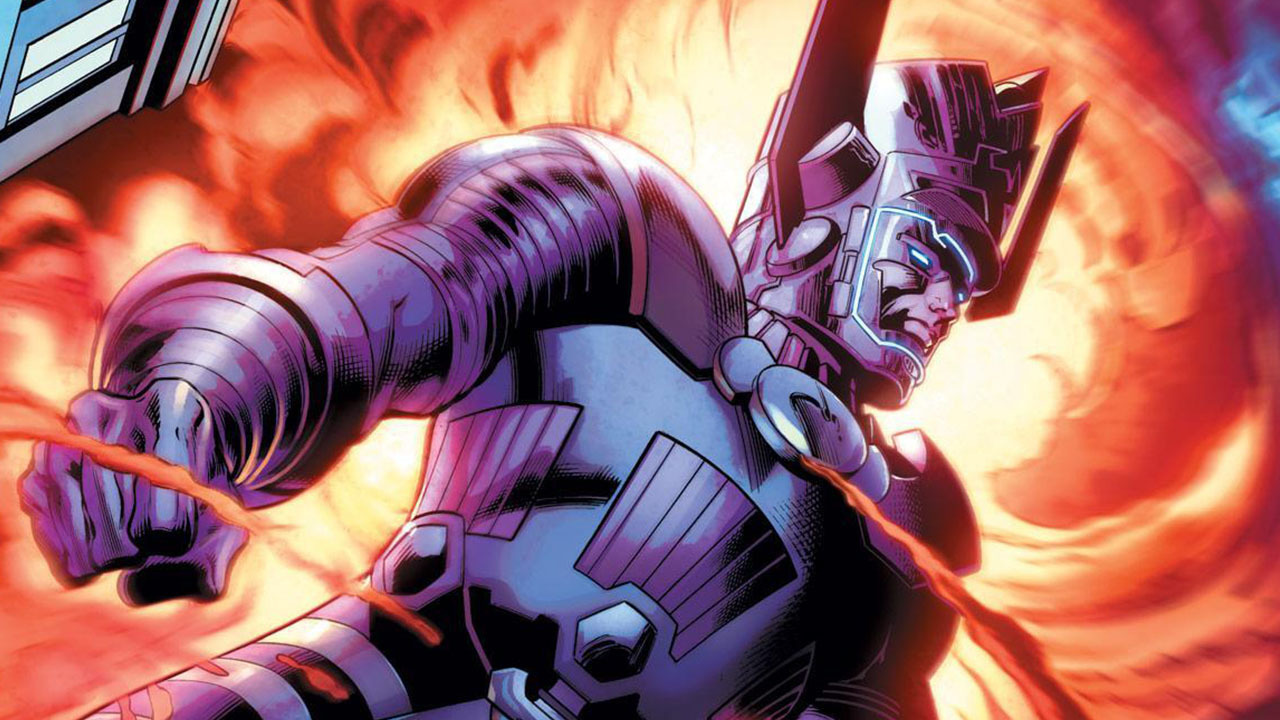“She has a trick. She knew how to turn her life into a movie and watch things happen.” That’s the metaphor Aubrey Fleming uses to describe her character to her writing class; a tortured girl who has had to deal with a lot of suffering in her life. It’s also the perfect metaphor for the movie I Know Who Killed Me as a whole. The movie keeps the audience at arm's length, never engaging them with the story or characters. The result is a wholly unsatisfying experience.
The movie immediately introduces us to three versions of Aubrey Fleming (Lindsay Lohan). The picture opens with her at a strip club, pole dancing. Then we see Aubrey presenting her writing to a class. Finally we see Aubrey playing the piano, something she is giving up to make more time for her writing. Aubrey, it would appear, is a multi-faceted girl. She has a boyfriend she refuses to concede physically to, friends she hangs out with, the works. Overall, she has a pretty good life. Then one day, she disappears. The disappearance comes right on the heels of another girl, one of Aubrey’s classmates, having been abducted and murdered. Weeks later, Aubrey reappears, claiming instead to be Dakota Moss, a poor girl raised by a crack-addicted mother who had to turn to stripping to pay the bills.
At this point you’re supposed to be all sorts of curious. Is this girl really Aubrey or is she a different girl, as she claims. The problem is, the movie never gives you any reason to believe Lohan’s character isn’t the abducted girl. Aubrey wrote about Dakota, right down to an image we see happen on screen with a truck passing her by as she hitchhikes. She also has injuries identical to the previous girl who was murdered – her right arm and leg have been severed. The primary way Dakota differentiates herself drastically from Aubrey is that she says “fuck” a lot. Catch me on a grumpy day and you’ll probably see the same thing, but I’m not my own twin. No, there’s no reason to believe Dakota is anything but Aubrey escaping into an invented character, regardless of how the story suddenly takes an odd turn and starts making the audience think about identical twins, switched babies, and twin stigmata.
The movie is permeated with the color blue. The only thing missing is an appearance by Blue Man Group and the addition of some rendition of “Blue Moon” on the overbearing soundtrack (or perhaps a song by Blue Oyster Cult). The overuse of blue (down to everyone having blue eyes) is yet another reason to believe Dakota isn’t real. She prefers to dress in red. That’s right, she’s a red girl in a world of blue. It has all the subtlety of a sledgehammer. While the story wants the audience to start to think Dakota is telling the truth, the visuals are immediately driving the audience to realize she doesn’t fit.
Along with the audience, the characters are also unwilling to give Dakota the benefit of the doubt. Mind you, these are characters like the boyfriend who cries tears in an exaggerated expression of guilt and relief at Aubrey’s safe return (that had most of the audience laughing at him) one minute, and then is fucking her brains out the next. I guess he gets over her lost limbs and the fact he was supposed to be protecting her really quickly. And the mother who is trying to help her little girl recover, but stays in the kitchen tormented as she listens to Dakota screwing the hell out of her boyfriend - something Aubrey wouldn't do. Real realistic characters here, I tell you.
Since the story keeps the audience at a distance, never really putting together the reality that Dakota could be telling the truth, the movie has to make some gesture to captivate the audience. That gesture is gore – lots of it, as we get a few torture-porn sequences of what happened to Aubrey while she was abducted, from freezing off her fingers and hand to cutting her with (what else) crystalline blue instruments. But if this is a psychological thriller, why do we need the gore? The sequences reminded me how much more effective Michael Madson’s torture of the officer was in Reservoir Dogs. We knew what was happening, so we didn’t need to see it. Here they have to toss the visuals in, because the story has nothing else to offer.
I Know Who Killed Me isn’t captivating enough or deep enough to be considered a psychological thriller. It doesn’t make a case well enough to be much of a mystery. Instead it’s two hours of Lindsay Lohan trying to convince the audience and the other characters she’s someone that everything says she isn’t. Even the stripper sequences are painful to watch, with more eroticism coming from the archaic crack-whore at my corner 7-Eleven. This is the girl who did so well in Mean Girls but hasn’t done much since to live up to that promise. Fortunately, it looks like her real life may eclipse this sad chapter of her career. Maybe she can get out of that by claiming to be her own twin sister too. After all, after her Parent Trap remake and now this picture, she’s working on a career trend. Why not let life imitate art... if you can call this art.











